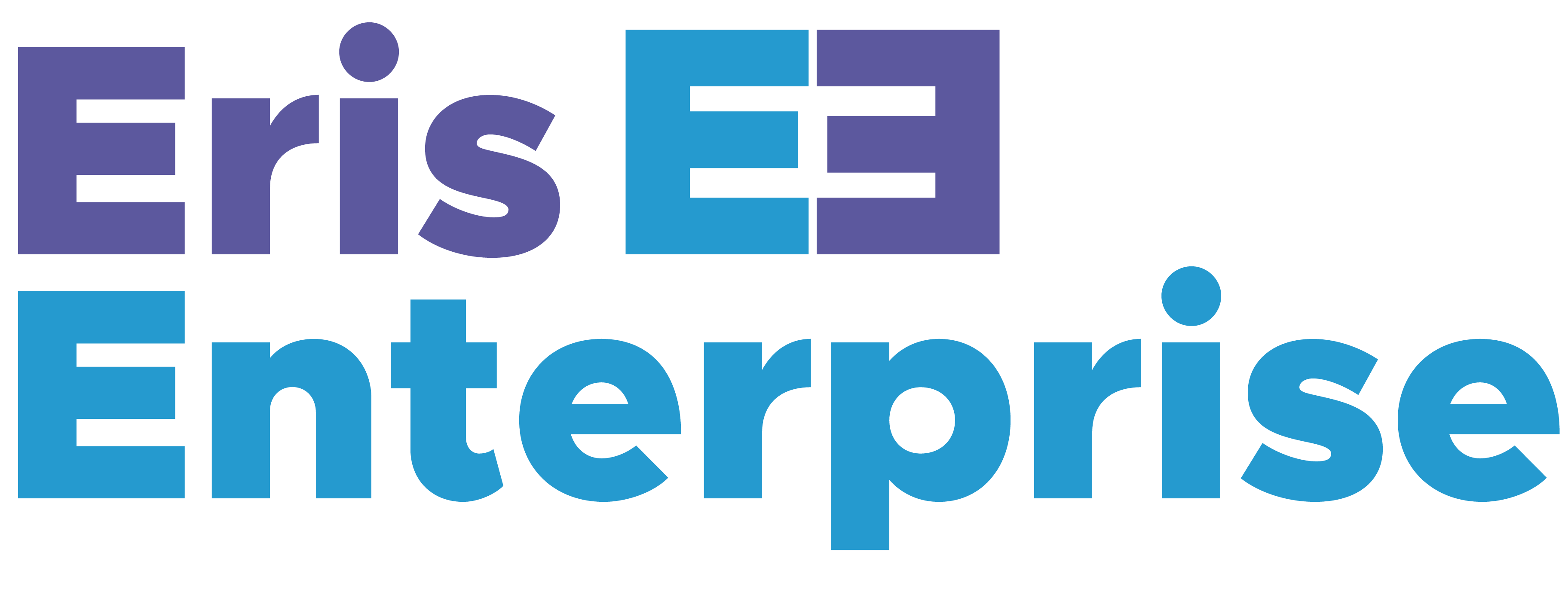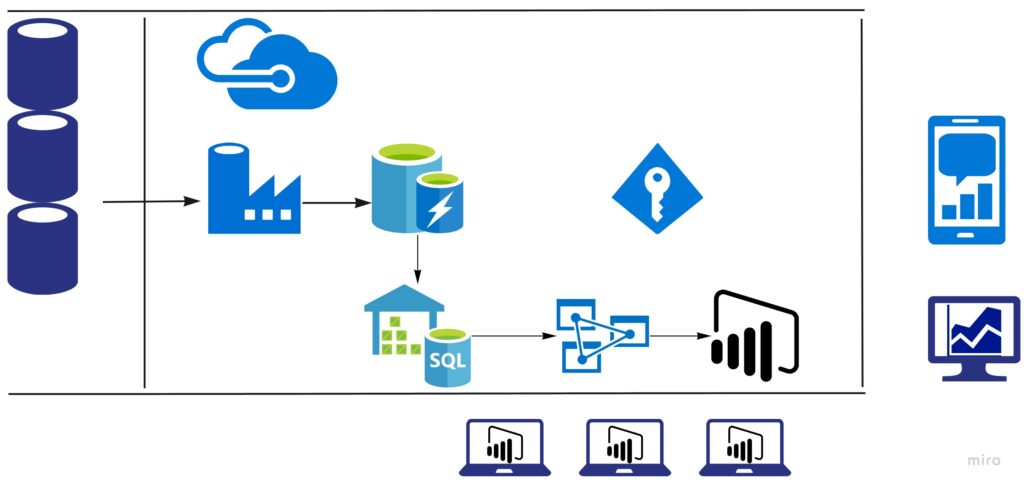The Business Problem
Rapid growth in any market often outpaces the ability of IT systems to keep up with data needs. This was the case with our client that saw its organic and acquisition growth double year over year until it became a leader in the market. Despite this, much of the organization relied on spreadsheet reports that managers would use to set the direction for their organization. This model was very adept at distributing data, but for the enterprise, this was insufficient. What they needed was a new model that enabled the enterprise to create self-service data visualizations, dashboards, and insights. Eris Enterprise was there to lead them to a new model.
Eris Enterprise initiated the engagement by taking an inventory of the client’s data ecosystem. Our scope was to leverage the existing enterprise data warehouse, enrich it with additional data sources, and then build a self-service ecosystem that would transform the IT organization from report writers to data service providers.
Enterprise Self-Service Data Visualization
The client had a mixed environment of on-premise and Azure Cloud Services. An analysis of the state of self-service data analytics across the enterprise, Eris Enterprise identified Microsoft Power BI as the predominant tool used throughout the business. This was a surprise to the IT organization because they had made significant annual investments into other, more costly toolsets for data analytics. When the features of the existing IT tools were compared with Power BI, the decision became clear that capabilities the business needed were not available in the current offering. This made the decision to build a Microsoft Data Analytics platform an easy choice for the enteprise.
Eris Enterprise consultants proposed a model that would build a cloud-based data analytics model that provided self-service data to the business across the enterprise. The foundation of the architecture was the use of Microsoft Data Warehouse to serve data and Azure Analysis Services to provide a common semantic data layer. Data was moved from on-premise and cloud data sources were integrated into a common operational data store for the purpose of transformation and aggregation into analytical models through Azure Data Factory.
-
PeopleSoft on Oracle
-
Custom ERP on SQL Server
-
ServiceNow cloud API
-
Enterprise Data Warehouse on Netezza
-
Organizational data enrichment





